Hongsa Mine Mouth Power Project and Nam Louk Dam – Laos
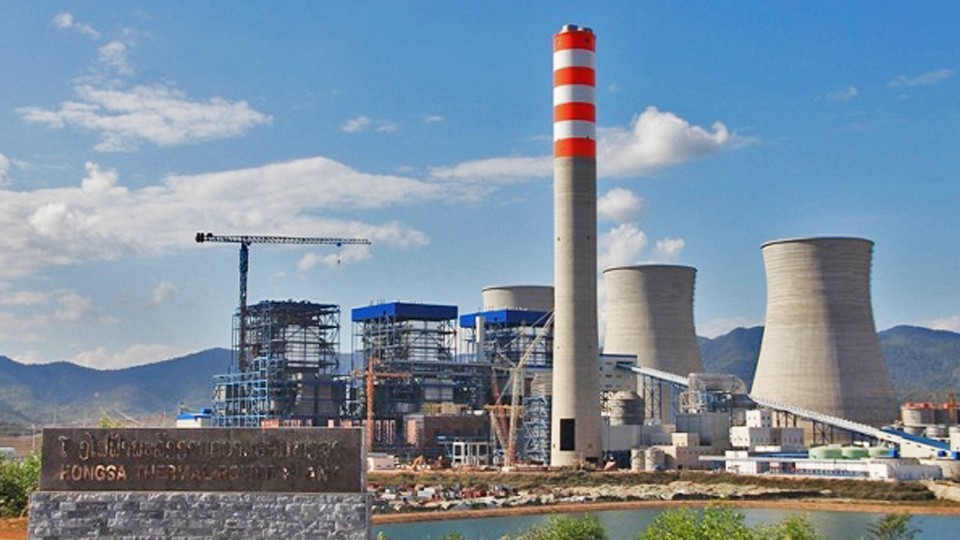
The Hongsa Mine Mouth power project is the first and the biggest lignite-fired power plant to be developed in Lao PDR.The project is placed in Hongsa and Muang Nguen Districts of Xayaboury Province, Lao.The plant will be located on a 76.4km² concession area, which is leased for a period of 25 years.It will comprise a […]
Center for Monitoring of impact of infrastructures on environment, Bucharest – Romania

Under EU financing, a Center for monitoring of impact of infrastructure on environment has been created within Technical University of Bucharest.The project was developed though an International Tender which was awarded to SISGEO. The aim was to provide Technical University with comprehensive list of geotechnical equipment, in order to allow University specialist to deal with […]
Bangkok Blue Line Extension Project, Contract 2 – Thailand
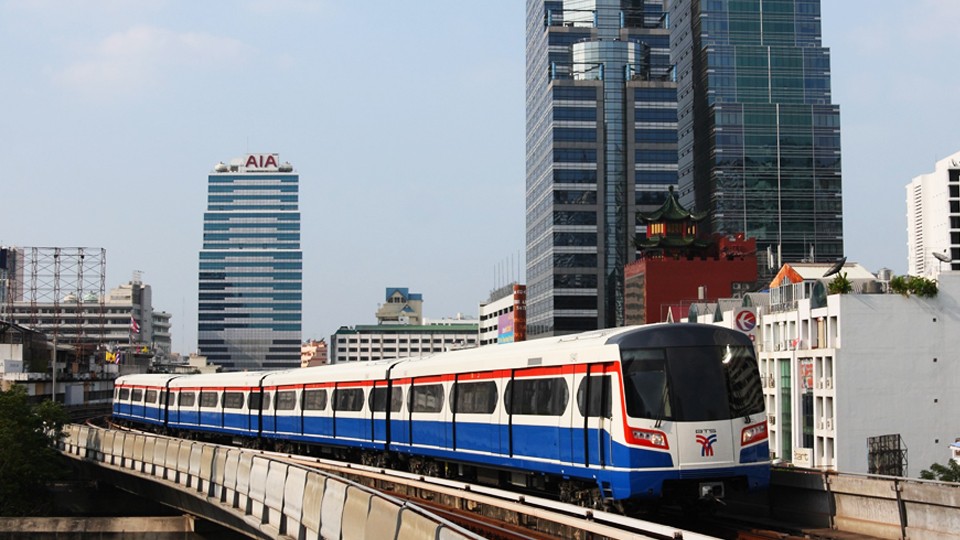
The MRT (Metropolitan Rapid Transit) Blue Line is being extended.The extension is expected to be completed in 2017 and by then the Blue Line will become a loop line around the centre of Bangkok, with the part on the western side of the Chao Praya River mainly being an elevated system and the other half […]
Avshar Hadimi Dam – Turkey

Avshar Hadimi Dam, Avshar Region, Turkey
Rehabilitación de 6 presas en Macedonia
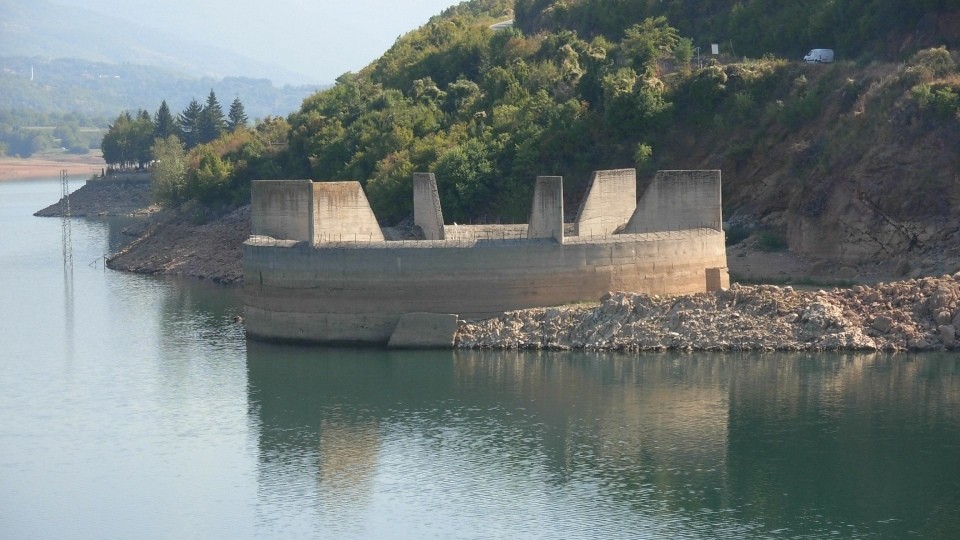
6 centrales hidroeléctricas de la República de Macedonia (propiedad de ELEM- JSC Macedonian Power Plants y explotadas por ella), con una capacidad total instalada de 528 MW, fueron rehabilitadas en cuanto a instrumentación de control y automatización de los datos. Los activos hidroeléctricos incluyen las cinco presas de terraplén con núcleo de arcilla de Mavrovo, […]
Istanbul Strait Road tube crossing project – Turkey
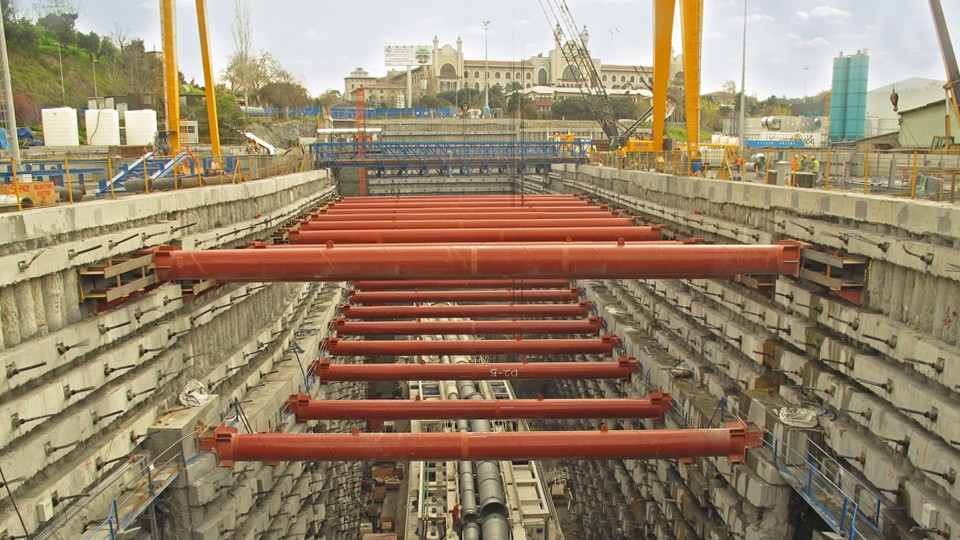
Istanbul Strait Road Tube Crossing Project is based in Istanbul and includes tunnel construction, road widening, access ramps and an upgrade of the current operational management and control systems. The intended purpose of this project is to provide a bi-directional, safe, robust, reliable, comfortable, durable and uninterrupted transportation of light vehicles under the Istanbul Strait […]
Third Bosphorus bridge – foundation monitoring works – Turkey
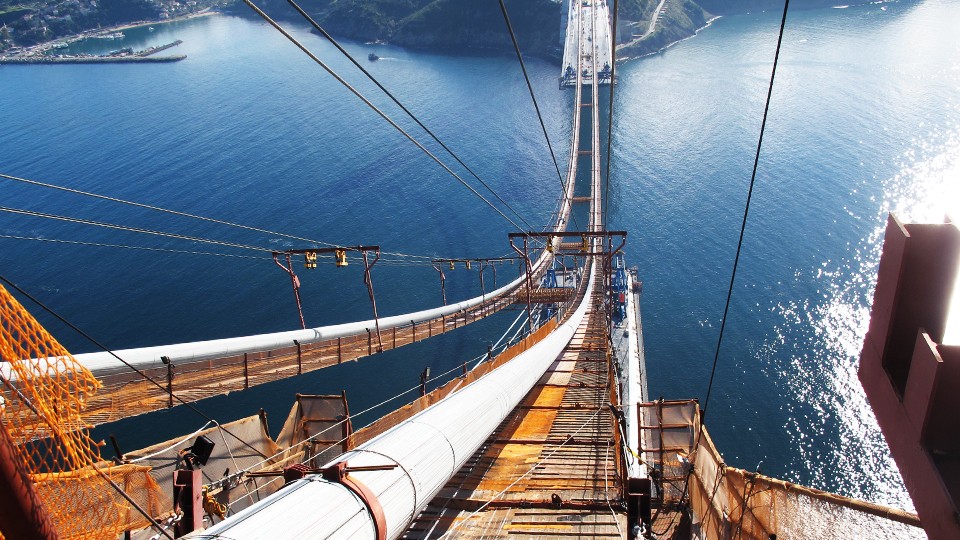
The 3rd Bosphorus Bridge will be the first of its kind in many respects. Once completed, the bridge will have the following features: The widest suspension bridge of the world with a width of 59 meters; the longest suspension bridge of the world with a rail system of 1,048 meters; a suspension bridge with the […]
Nam Gnouang Dam – Laos
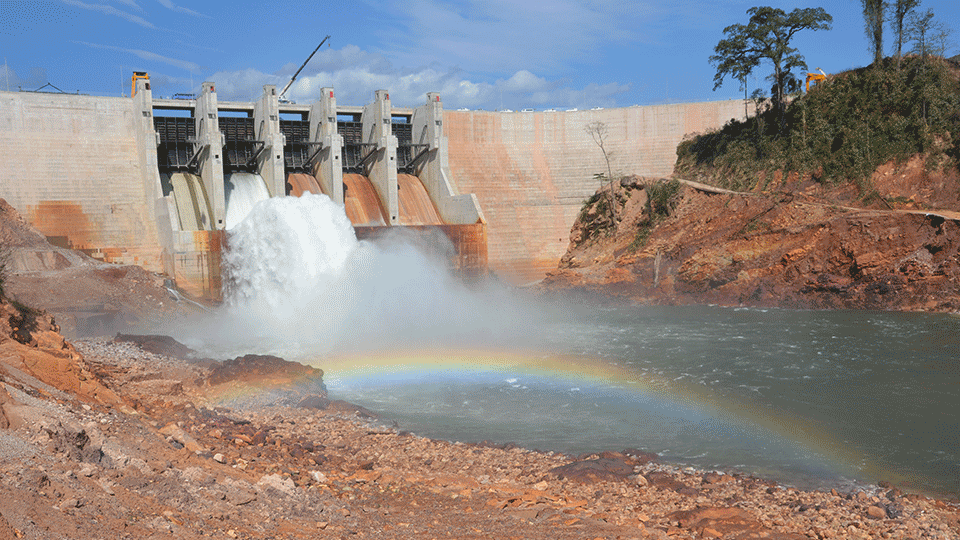
The NG Dam, 480 m wide and 65 m high, has created the NG Reservoir, which stores the rains that fall in the area from May-October each year. The dam has five gates that are opened only to discharge water to avoid flood events during the wet season. In normal operation the dam releases water […]
The new Panama Canal
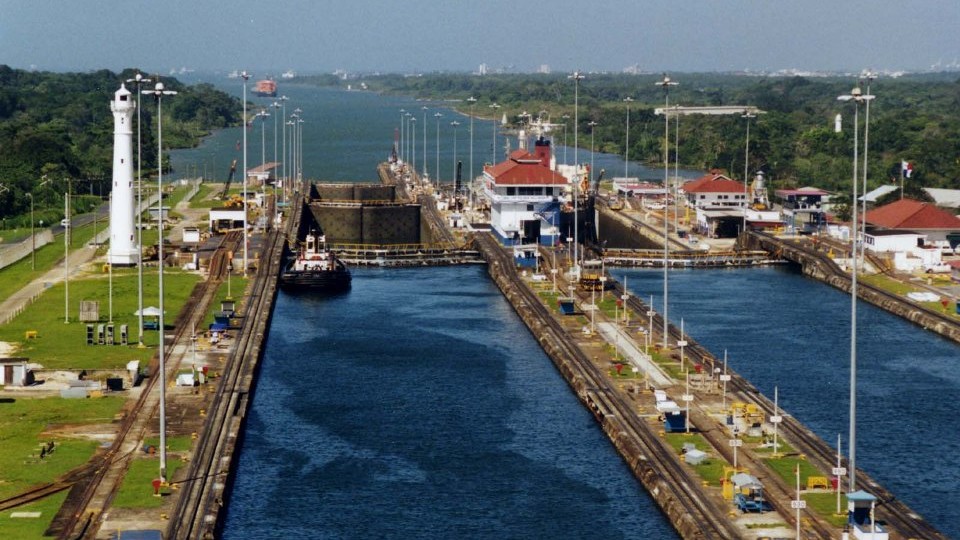
The project for the enlargement of the Panama Canal is nowadays considered one of the most important civil engineering works. The project includes the building of two new series of gates, on both the Pacific and the Atlantic side, to respond in a suitable and efficient way to the development of the maritime transportation industry. […]
Proyecto hidroeléctrico Sogamoso – Colombia
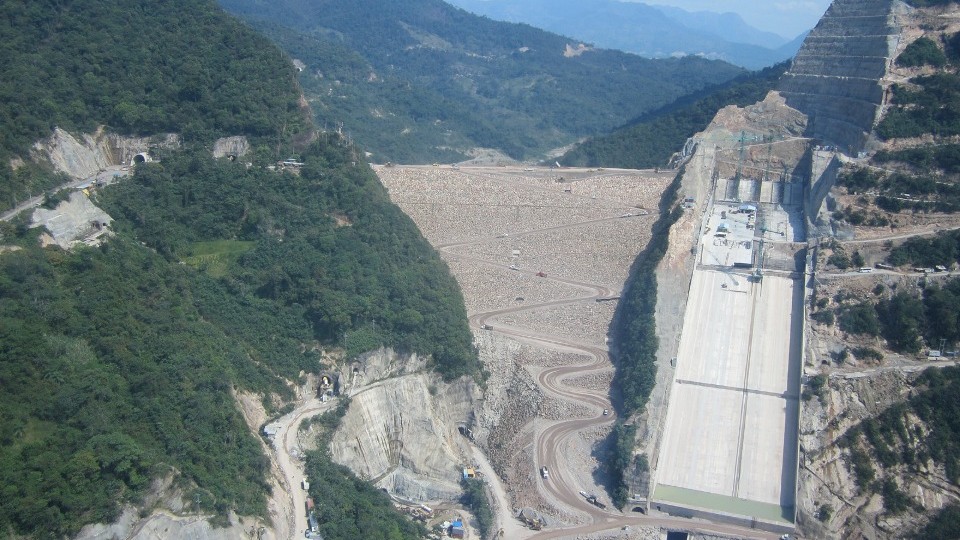
Sisgeo trabajó en el proyecto hidroeléctrico del río Sogamoso, a través de Monitoriza, empresa del grupo Sisgeo. Sisgeo suministró e instaló todos los equipos necesarios para este proyecto, situado en la zona noroccidental de Colombia, a unos 40 km de Bucaramanga. El proyecto consiste en la construcción de una presa de 190 m de altura […]
Monitoring works for the 2014 Sochi Winter Olympic Games – Russia
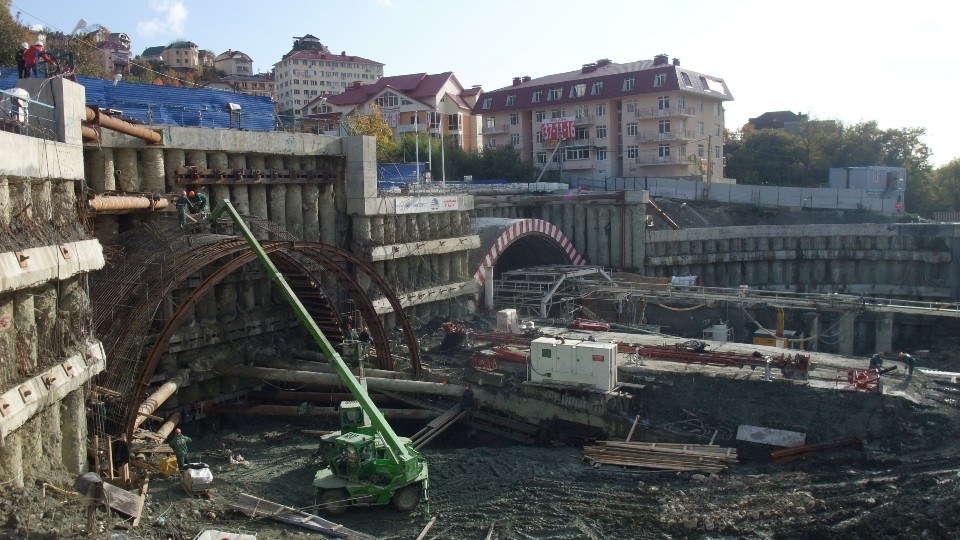
Sisgeo, thanks to the collaboration with its Russian partners AGT Systems and GPIKO, furnished and installed all the equipments necessary to monitor the most important road and railway works that are under construction in Sochi area, that is the neural centre of 2014 Winter Olympics.The monitored works are: retaining walls for the protection of roads, […]
Proyecto hidroeléctrico El Quimbo – Colombia
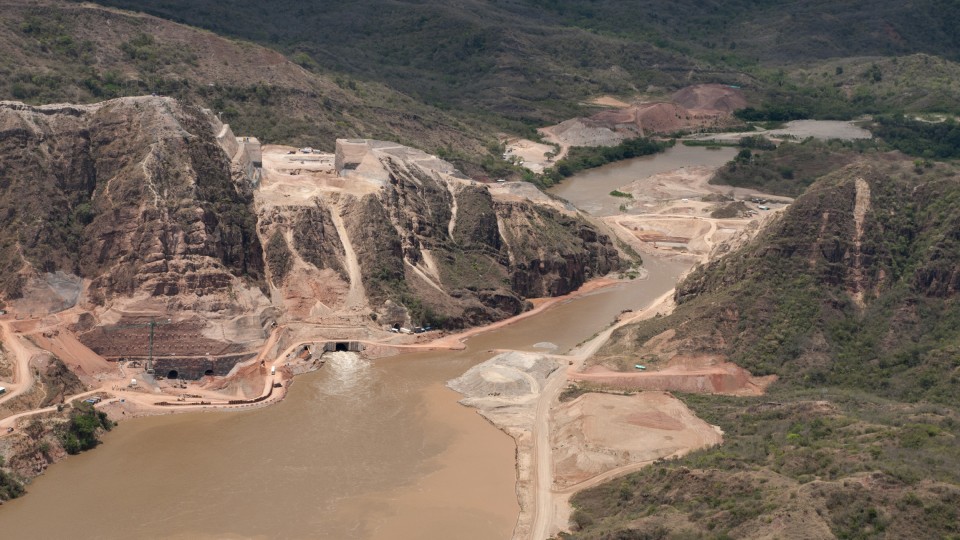
Impregilo está realizando en Colombia la central hidroeléctrica de El Quimbo sobre el río Magdalena (en la región de Huila), por cuenta de EMGESA, que es la mayor empresa eléctrica del país. El acuerdo asciende a unos 250 millones de euros. La central tendrá una capacidad instalada de 400 MW. El proyecto incluye la construcción […]
